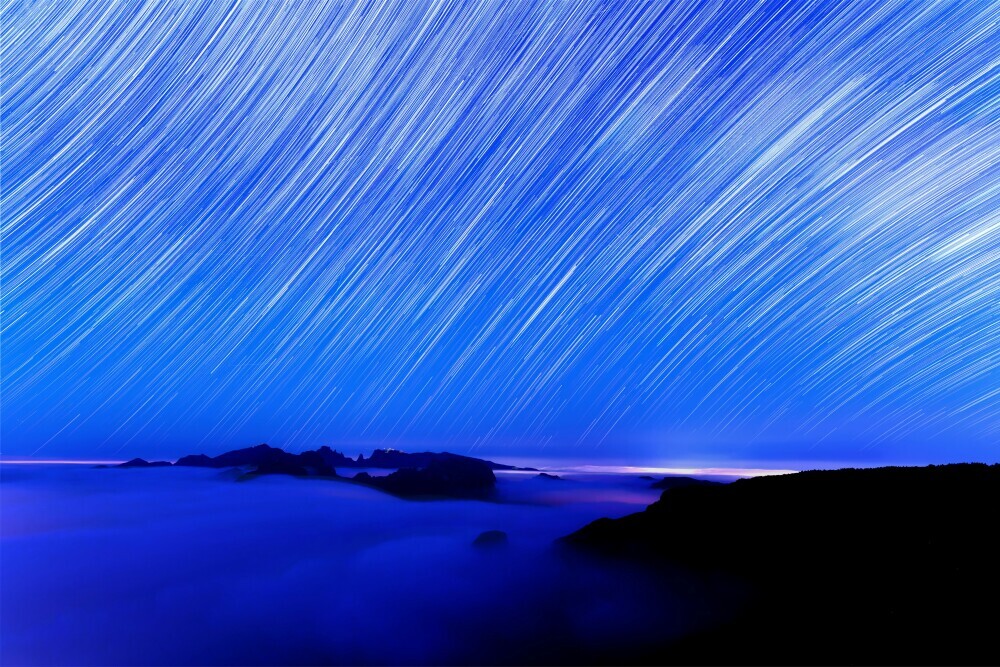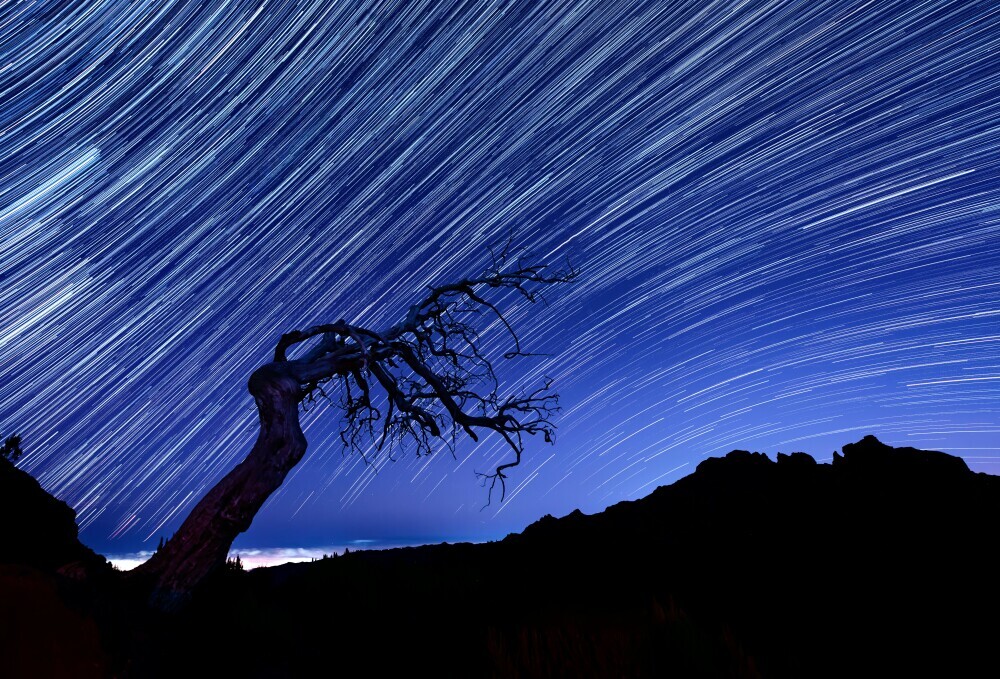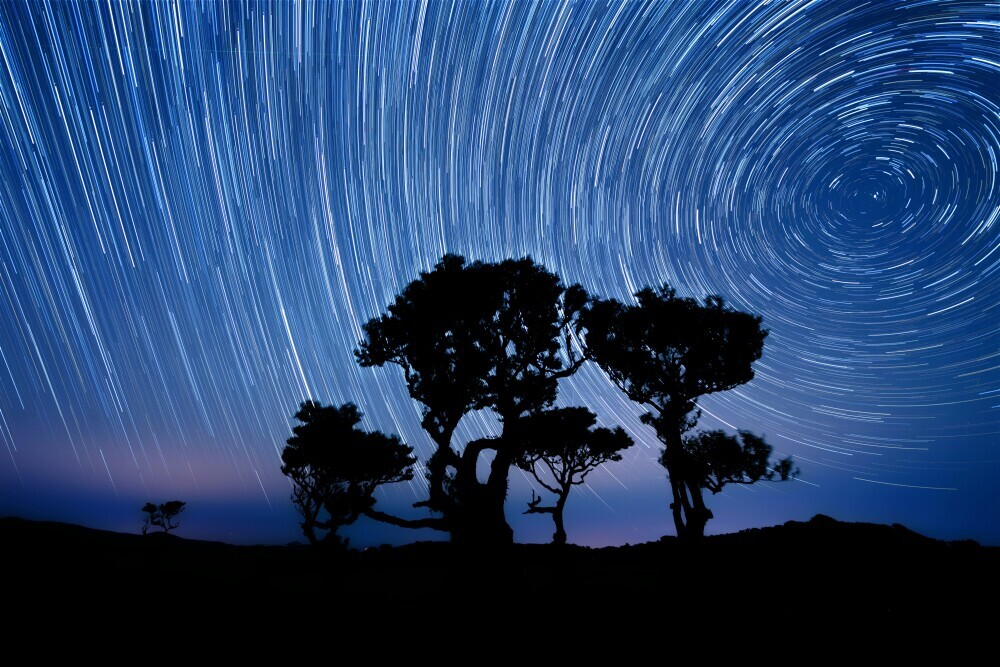 Colin Watts (2023) Madeira, Portugal [Photograph] Unsplash
Colin Watts (2023) Madeira, Portugal [Photograph] Unsplash
Mirrorless cameras have been making waves in the photography world, especially among enthusiasts of night sky photography. Their advanced technology and compact design offer advantages over traditional DSLRs, making them an excellent choice for capturing the stars.
Night sky photography has its challenges. Low-light conditions can make capturing the details of stars, planets, and other celestial bodies difficult. The right equipment can make all the difference.
The new mirrorless cameras are designed to handle these challenging conditions better. Their improved sensors and enhanced features provide photographers with the tools to take stunning night sky images. The journey to capturing breathtaking night skies starts with understanding why choosing the right camera is crucial.
Key Features of the New Mirrorless Camera
 Colin Watts (2023) Ribeira da Janela, Portugal [Photograph] Unsplash
Colin Watts (2023) Ribeira da Janela, Portugal [Photograph] Unsplash
Sensor size plays a vital role in night sky photography. Larger sensors perform better in low-light conditions since they capture more light, resulting in more transparent, detailed night sky images.
High ISO capabilities are another critical factor. The new mirrorless camera models have advanced in this area, providing higher ISO settings with less noise. This means you can crank up the ISO without worrying too much about grainy images.
Advanced autofocus systems have seen significant improvements. While manual focus has traditionally been the go-to for night sky photography, the latest autofocus technology offers a great alternative, even in low-light scenarios. It locks onto stars and other celestial bodies precisely, making it easier to achieve sharp focus.
Comparing these new models with previous versions and conventional DSLRs, the latest mirrorless cameras often outperform their predecessors and DSLRs regarding weight, ease of use, and low-light performance. They are also more compact and lighter, making them convenient for outdoor shoots and travel.
The versatility of mirrorless cameras is undeniable. With a wide range of mount adapters and lenses, you can customize your setup to fit your specific night sky photography needs. This adaptability is critical in tackling various night sky challenges.
Practical Tips for Capturing Stunning Night Sky Images
 Colin Watts (2024) Pico Ruivo, Portugal [Photograph] Unsplash
Colin Watts (2024) Pico Ruivo, Portugal [Photograph] Unsplash
Choosing the right lenses can significantly impact your night sky photography. Wide-angle lenses are trendy as they allow you to capture more of the sky in a single shot. Look for lenses with a large maximum aperture (f/2.8 or wider) to let in more light and make those stars pop.
Stability cannot be overemphasized in night sky photography. A sturdy tripod is essential to prevent any form of camera shake, which can blur your images. Invest in a high-quality tripod and consider using a remote shutter release or a timer to minimize vibrations.
Getting the camera settings right is crucial. For ISO, aim for a setting between 1600 and 3200. A lower ISO setting minimizes noise, while a higher ISO captures fainter stars. Aperture settings should generally be as comprehensive as your lens allows—f/2.8 or wider— to maximize light intake. Shutter speed is more nuanced; start with 15-20 seconds and adjust depending on your specific conditions.
Post-processing plays a significant role in night sky photography. Software like Adobe Lightroom or Photoshop can help you enhance your images, highlighting more detail and reducing noise. Familiarize yourself with these tools to get the most out of your shots. Several online tutorials can guide you through the basics.
Incorporate some planning into your shoot. Scout locations ahead of time and be aware of light pollution levels. Apps like Stellarium or PhotoPills can be beneficial in planning your night sky photographs, showing you the best times and locations to shoot.
Conclusion: Is the New Mirrorless Camera the Best Choice?
 Colin Watts (2024) Fanal, Portugal [Photograph] Unsplash
Colin Watts (2024) Fanal, Portugal [Photograph] Unsplash
The new mirrorless cameras’ advanced features and versatility reflect their significant benefits for night sky photography. Their larger sensors, higher ISO capabilities, and advanced autofocus systems make capturing stunning celestial images more achievable than ever.
Key advantages of these cameras include better low-light performance and more compact, portable designs. These factors enhance the quality of your images and make the on-location experience more enjoyable and less cumbersome.
However, the decision isn’t solely about camera specs. Personal needs and budgets also play vital roles. For beginners or those on tighter budgets, entry-level mirrorless options could still provide substantial improvements over standard DSLRs. For seasoned photographers, investing in a high-end model could offer fine details and extra features to further their work.
Ultimately, whether the new mirrorless camera is the best choice depends on what you want to achieve in your night sky photography. Before deciding, take the time to assess your needs, activities, and budget. With the right approach, you’ll be well-equipped to capture the breathtaking beauty of the night sky.
